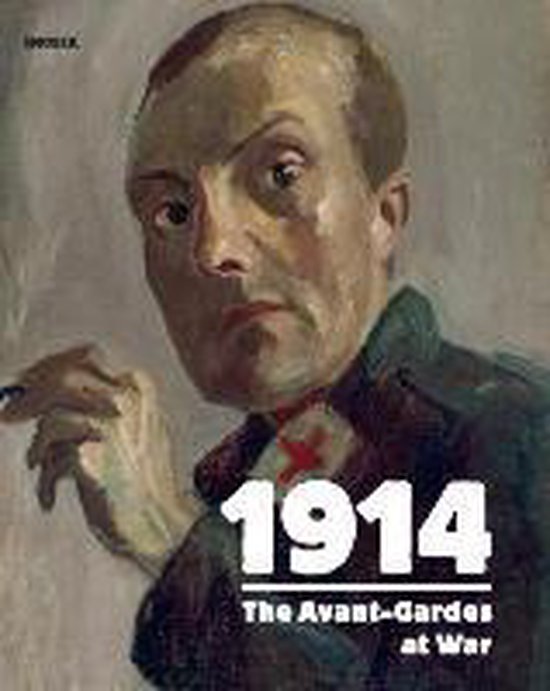
1914 The Avant-Gardes at War
On account of a technological and material deployment beyond all human scope, the First World War ranks as the »seminal catastrophe of the twentieth century,« a century which would reach its moral nadir in the Nazi&;s political programme of total war and extermination. But the worlds that collapsed in 1914 in a conflict involving seventy million soldiers in Europe, Africa and Asia and which would cost the lives of seventeen million people, had already become fragile in the years before; a number of writers, musicians and artists had long since become weary of these worlds and, like many of their fellow countrymen, positively celebrated the outbreak of hostilities. Franz Marc, in keeping with countless statements by his contemporaries, summed up this spirit as follows: »In our era of great struggle for new art, we do not fight as the organised, but as &;wild ones&; against an old, established power. The battle seems unequal, yet in spiritual matters, it is not the sheer number but the strength of ideas that prevails.«
The exhibition in the Bundeskunsthalle in Bonn and the catalogue, meticulously edited by the curator, Uwe M. Schneede, do not merely gather the known sources and protagonists, but go that decisive step further by examining the processes of transmission between the international art movements of the time. How did they all end up going to war, how did they fare in and after it? What remained? How were the artists of the avant garde moulded or even deformed by the experience? How did they become the starting point for a completely new self-identity in art? Which intermediate steps can be traced? What are the historical preconditions for Expressionism, Cubism, Dadaism or other rival conceptions of art that competed with one another into the 1930s and how they relate to them? This monumental, cultural step &; one might almost say for the history of mankind&;that has led the twentieth century through all manner of ups and downs has been richly depicted by means of a series of artworks and photographs, as well as personal testimonies. The fact that almost all of the protagonists had their photographs taken in their respective studios and wearing uniform can be considered a minor peripheral sensation&;especially because some of the paintings that can be seen on the walls in the background of these photos will appear both in the book and the exhibition.
Art works in the exhibitions by the following artists: Jean Arp, Roberto Marcello Iras Baldessarif, Ernst Barlach, Mack Beckmann, Carlo Carrà, Lovis Corinth, Robert Delaunay, Otto Dix, Marcel Duchamp, Raoul Dufy, Heinrich Ehmsen, Conrad Felixmüller, André Fraye, August Gaul, Albert Gleizes, Natalya Goncharova, Walter Gramatté, George Grosz, Otto Gutfreund, Raoul Hausmann, Erich Heckel, Richard Huelsenbeck, Willy Jaeckel, Marcel Janco, Alexej von Jawlensky, Wassily Kandinsky, Ernst Ludwig Kirchner, Paul Klee, Oskar Kokoschka, Käthe Kollwitz, Alfred Kubin, František Kupka, Fernand Léger, Wilhelm Lehmbruck, Aristarkh Lentulov, Max Liebermann, August Macke, Vladimir Mayakowsky, Kazimir Malevich, Franz Marc, André Mare, Frans Masereel, Ludwig Meidner, Jean Metzinger, Gabriele Münter, Christopher Richard Wynne Nevinson, Emild Nolde, Francis Picabia, Pablo Picasso, Hans Richter, Luigi Russolo, Egon Schiele, Gino Severini, Max Slevogt, Jacob Steinhardt, Franz von Stuck, Vladimir Tatlin, Leon Underwood, Henry Valensi, Theo van Doesburg, Édouard Vuillard, Albert Weisgerber, Ossip Zadkine
Exhibition:
Bundeskunsthalle Bonn: 8/11/2013&;23/2/2014
| Auteur | | Uwe Schneede |
| Taal | | Engels |
| Type | | Hardcover |
| Categorie | | Kunst & Fotografie |